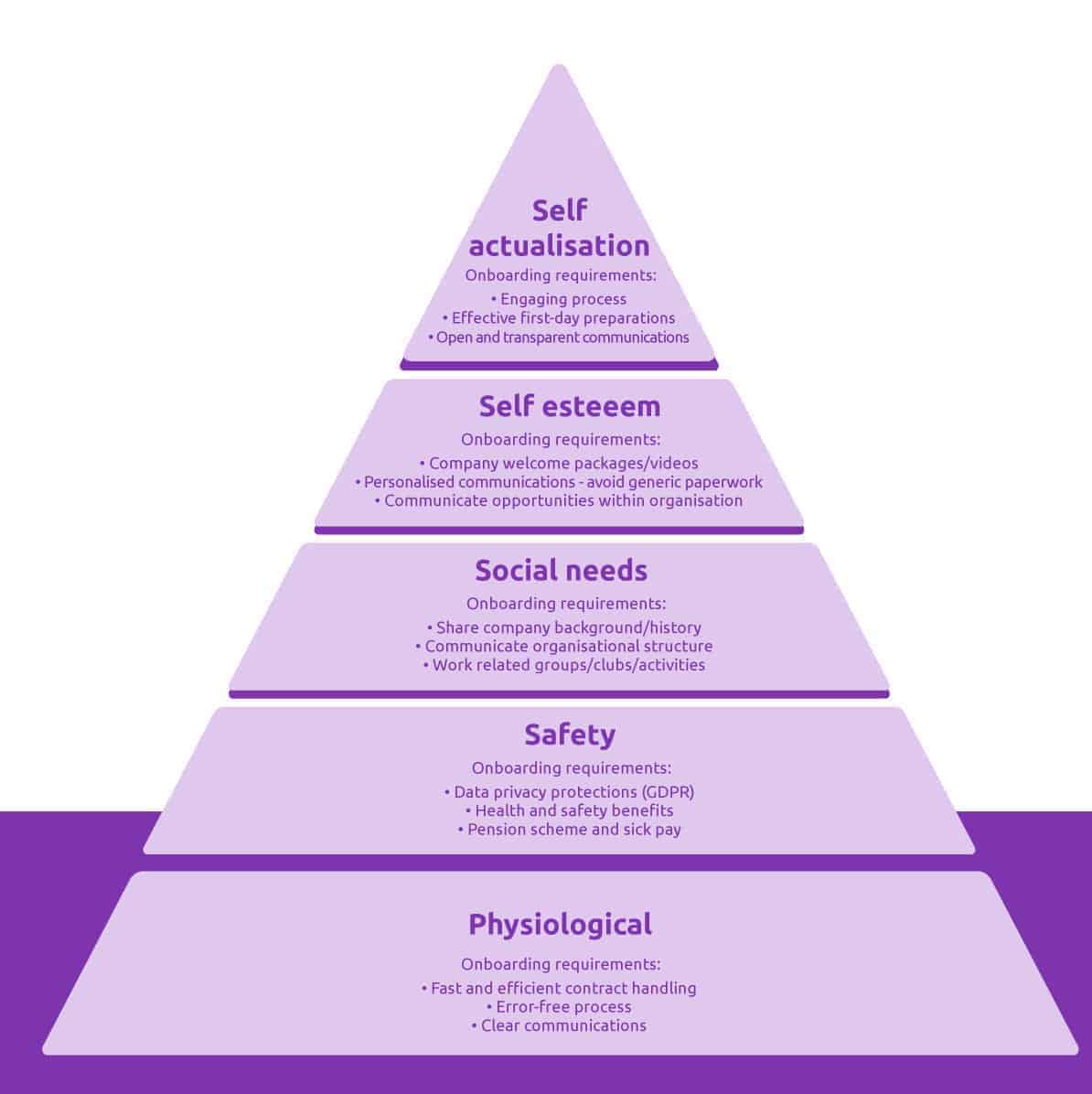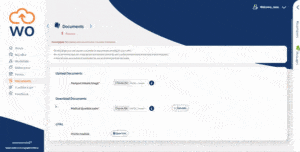How do new hires feel as they’re going through your organisation’s onboarding process and why is it important?
Do new hires feel enthused about entering a welcoming, safe and supportive workplace? Or do they feel disgruntled, frustrated by a shambolic and impersonal onboarding experience?
These things really do matter because these initial experiences help to forge the future relationship between the employee and employer – whether it’s good or bad. And a negative experience will often mean that there is no future relationship – successful candidates will simply drop out of the process or leave within their first weeks.
A 2017 global survey by webonboarding found that 39 percent of employees have experienced onboarding frustrations, causing 15 percent to opt out of the process.
What are new hires looking for in an onboarding experience?
The challenge facing HR managers is how do you determine what makes for a good or bad onboarding experience? How do you get inside the mind of an ‘onboardee’, to understand what motivates and engages them? It’s an area where the work of one American psychologist, Abraham Maslow, provides HR managers with some invaluable insights. In the 1940’s, he created a five-tier model, called the ‘Hierarchy of Needs’. This categorises the universal human needs of an individual in any given situation. It identifies five core motivations – starting with our most basic need to survive and progressing through to safety, social belonging, self-esteem and self-actualisation.
A hierarchy of needs for onboarding?
The best way to understand the theory is to see how it works with onboarding. By applying these ideas to the hiring process we can start to get a better understanding of what new hires are looking for during onboarding.
Let’s take a look:
Physiological needs
This represents the most basic need for anyone going through onboarding, that’s to get their contract terms agreed. This is the core element – it determines whether or not the person can pay their mortgage/rent and bills. This is the area at the base of the ‘pyramid’ of needs.
It’s an area which needs to be dealt with quickly and efficiently, something that’s not easily done when documents are handled via the post. Any delays, frustrations or errors during the contract phase are a primary cause of onboarding dropout.
Onboarding requirements:
- Fast and efficient contract handling
- Error-free process
- Clear communications
Safety needs
Once a contract has been agreed, employees want to know they’re entering an organisation that’s going to look after them. Starting any new job is a risk and onboardees look for any kind of reassurance that can help allay their fears. Effective communication of the ways an organisation protects their interests is vital. This can be done by sharing company commitments to protect employee health, welfare and data privacy, along with any company perks, rights and entitlements.
Onboarding requirements:
- Data privacy protections (GDPR)
- Health and safety benefits
- Pension scheme and sick pay
Social needs
With a sense of security established, new hires will start looking for indications that they’re joining a healthy and vibrant community. They want to feel part of something that’s bigger than their individual role. An effective onboarding strategy will integrate the sharing of company background information into the process. The aim should be to enthuse new hires about the organisation they’re entering, providing ‘colour’ and a feel for the company ethos and culture.
Onboarding requirements:
- Share company background/history
- Communicate organisational structure
- Work related groups/clubs/activities
Self-esteem
Getting a new job can provide a great boost to a person’s self-esteem but an ineffective onboarding process can quickly stifle that positive feeling. New hires want to feel like they’re valued and more than just a ‘cog in the machine’. Ensuring first-day preparations are in place and they’re not greeted with puzzled looks and missing equipment is essential. Avoiding generic communications and providing company welcome packages also helps to keep new hires self-esteem high.
Onboarding requirements:
- Company welcome packages/videos
- Personalised communications – avoid generic paperwork
- Communicate opportunities within organisation
Self-actualisation
This final stage is achieved as a consequence of meeting all of the previous needs. It ensures that new hires complete the onboarding process and enter the organisation feeling positive, engaged and excited about the opportunities ahead. We could associate this with employee engagement, a by-product of the overall onboarding experience. All of their needs have been met during the onboarding process, creating the best possible first impressions and creating the solid foundations that are needed for productive and stable working relations.
Onboarding requirements:
- Engaging process
- Effective first-day preparations
- Open and transparent communications
Turning theory to practice
By using the theory, we can see the various components that go into crafting an effective and engaging onboarding process; one that meets each of the five core needs identified by Abraham Maslow. It highlights how so many hiring teams are failing to meet even the most basic of onboarding needs. It’s delays, inefficiencies and frustrations during the contract phase which are a primary cause of dissatisfaction and dropouts. While Maslow’s work was first published in the 1940s, it’s only recently that hiring teams have had access to the kind of onboarding management tools that can turn these theories into a practical reality.
Meeting onboarding needs
Webonboarding removes the traditional reliance on manual processes (posted paperwork, calls and emails) with all communications handled via an online portal. It provides onboardees with a fast, user-friendly and automated system that minimises errors and delays. Secure digital signing means that the most fundamental onboarding need – getting the contract signed off – can be quickly and painlessly completed, without having to post off any documents. The cloud-based system provides the flexibility to share any kind of digital info – whether it’s documents, PDFs, videos or weblinks. The system also allows information to be customised for each specific role, allowing for the kind of tailored experience that’s hard to achieve when using generic paperwork. The onboarding process is automatically tailored according to the vacancy.
These kind of smarter management processes, together with a better understanding of what makes an effective onboarding process creates a powerful combination. It’s an approach that maximises the effectiveness of onboarding, ensuring the best possible starting point for new hires.




